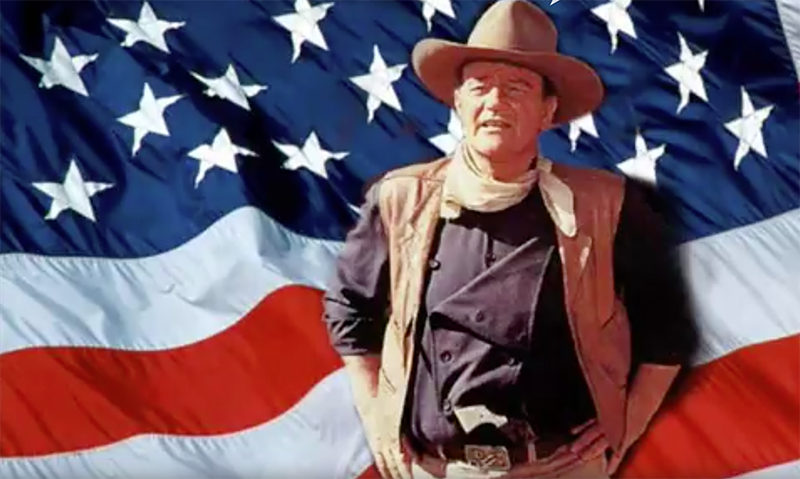Flag Day

I love our flag. I really do!! The first official flag is there in the second image. It’s come a long way, baby. And it still resonates as the symbol of Freedom in this crazy world!!!
Next Friday marks a special day in American history – recognition of our American flag. That day, though not a federal holiday, is rich with history and tradition, showcasing the significance of the Stars and Stripes in American culture. We here at KHT Headquarters proudly fly an American flag in recognition of our country, and all those who have and currently serve our great nation. Thanks for Google and nationalflagfoundation.org for the info. Enjoy!
Flag Day in the United States, observed on June 14th, commemorates the adoption of the American flag by the Second Continental Congress in 1777.
The idea of celebrating Flag Day was first proposed by Bernard J. Cigrand, a school teacher from Wisconsin, in 1885. He held an observance of the flag’s birthday at the Stony Hill School.
In 1916, President Woodrow Wilson issued a proclamation that officially established June 14th as Flag Day. However, it wasn’t until August 3, 1949, that President Harry S. Truman signed an Act of Congress designating June 14th of each year as National Flag Day.
June 14th was chosen as it marks the anniversary of the 1777 resolution by the Second Continental Congress, which called for the design of the flag. The resolution read: “Resolved, That the flag of the United States be thirteen stripes, alternate red and white; that the union be thirteen stars, white in a blue field, representing a new Constellation.”
Each element of the flag holds symbolic meaning. The 13 stripes represent the original colonies, while the 50 stars represent the current states. The colors also carry significance: red symbolizes valor and bravery, white symbolizes purity and innocence, and blue represents vigilance, perseverance, and justice.
The original flag, known as the “Betsy Ross Flag,” featured 13 stars in a circle representing the original colonies. Over the years, the design of the flag changed to accommodate the admission of new states. The current 50-star flag was adopted on July 4, 1960, after Hawaii became a state.
The oldest continuous Flag Day parade is held in Fairfield, Washington, since 1909.
In Waubeka, Wisconsin, the birthplace of Bernard J. Cigrand, there are extensive celebrations including parades, music, and speeches. Waubeka is considered the “birthplace of Flag Day.”
Flag Day serves as a reminder of the importance of flag etiquette. The United States Flag Code outlines the proper ways to display and handle the flag. HERE For instance, the flag should never touch the ground and should be illuminated if displayed at night.
On Flag Day, many American Legion posts and other organizations hold flag retirement ceremonies. When a flag is worn or damaged, it should be retired in a respectful manner, typically by burning in a dignified ceremony.
Throughout history, the American flag has played a pivotal role in national identity and pride. It was famously raised by Marines on Iwo Jima during World War II, an image that became an iconic symbol of American resolve. Flags are also used during burial ceremonies to honor veterans by draping over their caskets.
Colin Powell observance: “The flag represents the greatest nation on earth, and all of its citizens, of every race, creed, and color. It represents our collective belief in the freedoms and liberties guaranteed by our Constitution.”
The largest American Flag is known as The Superflag, created by Thomas “Ski” Demski, who holds the Guinness World Record for making the largest American flag. Demski, a businessman from Long Beach, California, invested in creating this monumental flag as a symbol of patriotism. It measures 505 feet by 225 feet (total sq ft is approx. 113,625) and weighs approximately 3,000 pounds. It made its first major public appearance at the Hoover Dam on May 1, 1996, where it was unfurled to celebrate the dam’s 60th anniversary. Learn more
The Superflag stands as a testament to the enduring symbolism of the American flag and the lengths to which individuals will go to honor their country. Its sheer size and the logistical challenges involved in its display make it a remarkable feat of patriotic dedication.
Flag Day is a time for Americans to reflect on their history and the values symbolized by the flag. It serves as a reminder of the nation’s enduring principles of freedom, democracy, and unity. Through various celebrations and educational activities, Flag Day continues to foster a sense of national pride and respect for the American flag.

























